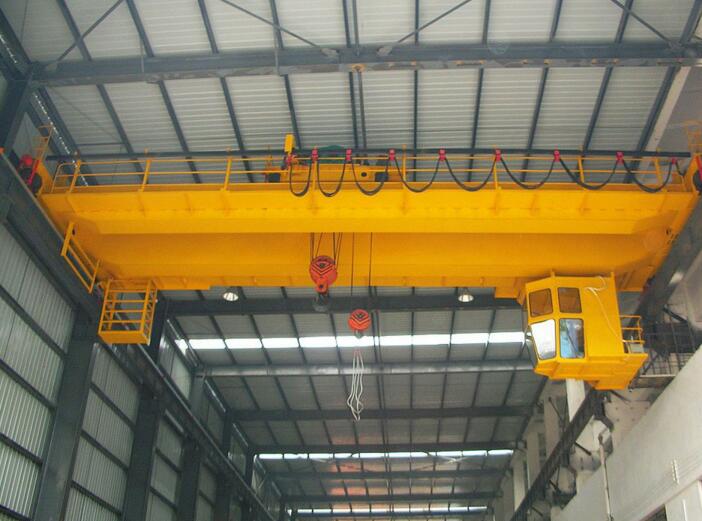When used properly, overhead cranes can be a true asset for your business. They can facilitate the movement of heavy loads from one part of your structure to another, minimizing the strain on your workers and speeding up production. As with all heavy equipment, however, safe operation is absolutely essential. All workers who operate the crane need to be properly trained and need to be aware of safety procedures. While there are many more factors that come into play, the following three tips for the safe operation of a100-ton overhead crane can provide a solid foundation for creating a safe work environment.
Three Tips For The Safe Operation
1. All crane operators should be thoroughly trained. The only people who should operate the overhead crane are the ones who have undergone specific training on how to use it. Find out what the training requirements are in your state and make sure to adhere to them. There should be safety courses in your area that are specifically geared toward the type of crane that you have at your facility. Never allow any untrained personnel to operate the crane, even for short tasks. Although it may seem relatively harmless, in the long run, it can pose a serious safety risk.
2. Every load should be moved in accordance with proper safety procedures. Unlike light load capacity such as 2 ton (capacidad ligera como 2 toneladas), 5 ton and 10 ton crane (y grúa de 10 tn), lifting equipment of 100 ton needs a strict safety inspection. The crane operator should always be present anytime there is a load in the air. A load should never be left unattended hanging midair. Additionally, the area underneath the crane should be completely clear of people. Loads should never be moved directly over the top of people’s heads in case something goes wrong.
3. All equipment should be regularly inspected and properly maintained. Safe operation starts with making sure that your equipment is in good working order. This means sticking to a regular maintenance schedule. Follow the manufacturer’s instructions in terms of which parts to check and how often to inspect the crane. Additionally, have the crane operator conduct a visual inspection of the equipment each time that they use it. This can help avoid potential problems by allowing them to spot issues before they get a load in the air. More essential tips about this crane in http://ellsenpuentegrua.es/puente-grua-de-100-toneladas/.

More Factors For 100 Ton Overhead Crane
These three tips for the safe operation of a 100-ton overhead crane can help avoid accidents or other issues. There are many more factors that go into safe crane operation. It is important to make sure that any employees who plan to operate the crane are well-trained and knowledgeable so that they can do so in a safe, controlled manner. The way of operation is different because 100 ton crane generally refers to the structure of double girder.
Between all kinds of overhead cranes, 100 ton crane is more effective. The more time and effort you can put into making sure your employees are properly trained and your equipment is well-maintained, the less likely you are to experience accidents. In the long run, this can minimize the risk of serious injury or death while at the same time protecting your equipment from unintentional damage, allowing you to get the most out of your investment. Regardless of the size of your operation or the types of materials you work with, safety should always be one of your top priorities. If you want to buy a safe and high quality crane, please click this page (esta página).
